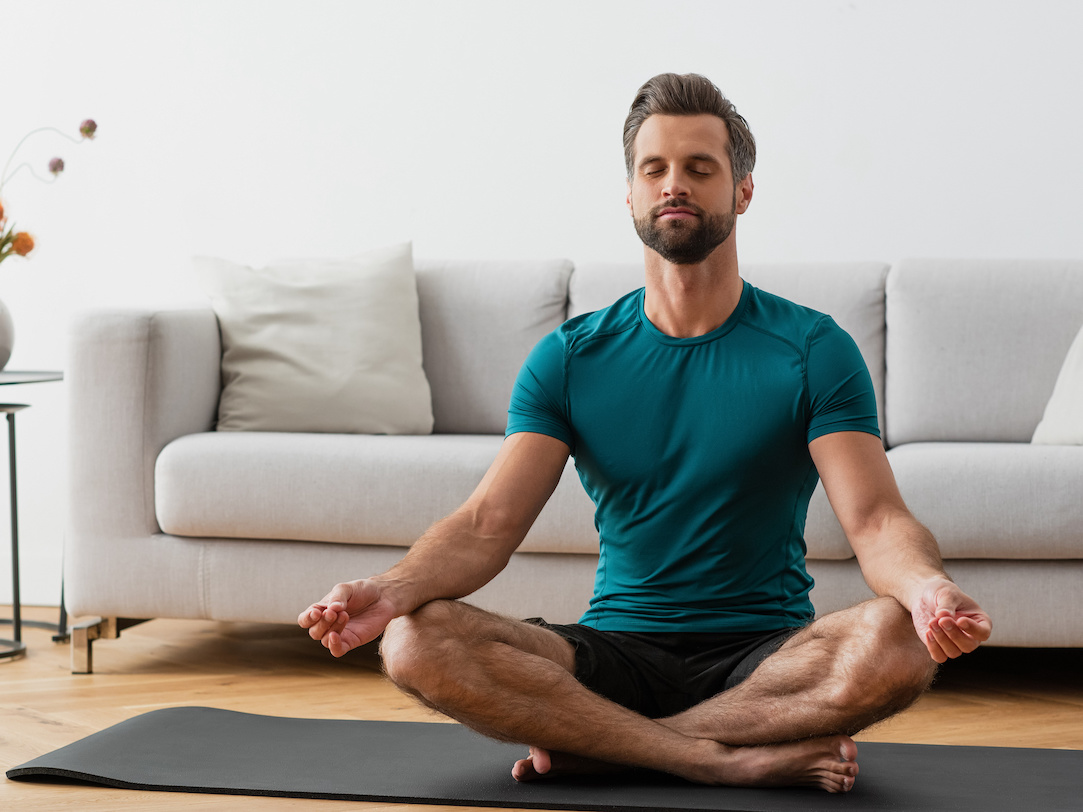Migraines and How Meditation Can Help
Migraines and How Meditation Can Help
When a migraine strikes, most people want to lie down in a dark room and hide. This causes immense stress on the body. Migraines cause extreme headaches with sensitivity to light and sound. Many people can get a couple of migraines here and there, but some people get them upwards of 8-15 times a month, leading to the term Chronic Migraine.
A myth has existed that migraine headaches are a disease of geniuses, and that Alfred Nobel and Julius Caesar suffered from them. But this is just a myth. Whether genius or not, the true cause of migraines is more complicated. Approximately 10% of the population suffer from migraines, famous people are just part of that 10%.
So how may we treat migraines in a way that supplements the most advanced treatment approaches of Western medicine? The answer may be age-old.
A study found in Headache has shown that meditation for migraines can be profoundly effective. Those who meditated and practiced mindfulness had about 1.4 fewer migraines per month, with less severe symptoms. The migraines experienced lasted less time and were of lessened intensity than those who do not practice meditation, reports the American Migraine Foundation.
“Relaxation exercises, like guided meditation, deep breathing, and progressive muscle relaxation can also all be helpful when practiced daily in reducing migraine and helping a migraine attack when it occurs,” explains Jessica Ailani, a clinical professor of neurology at MedStar’s Georgetown University Hospital and director of the MedStar Georgetown Headache Center in Washington D.C. said in a feature on Inverse.

The American Migraine Foundation says that to begin pain management with meditation, you must set aside some time (around 30 minutes a day) to create a routine. Many find that meditating in the morning is effective and calming, and that it is optimal to bookend the day with an evening meditation session before going to bed.
Preventative medicine is a good way to begin the art of focusing on your deep breathing. If your mind is wandering to a to-do list (or what else you “should be doing”), gently guide your mind back to focusing on the present moment.
Filling your lungs slowly with air, and then slowly releasing it out brings the mind to focus on the breath, and some days it may be easier to focus than others. At the end of each session, the AMF suggests, really observe how you feel.
Do you feel calmer? Is breathing easier? Has some stress left your body? Are your shoulders down and your breath controlled? Deep breathing can release tension in your body, leading to less stress, reducing the frequency and intensity of migraines.
Researchers have found that meditation doesn’t have much effect on pain sensitivity, but it does improve pain tolerance, with reduced headaches related analgesic medication usage.
Remember, please see a doctor if your migraine symptoms last, or if you are having more than 8 migraine days a month. The information herein is to suggest helpful ways to heal, but is not a substitute for prescribed doctor’s orders.
See how ReclaimAbility can help with your migraines by booking a consultation and appointment with us!




